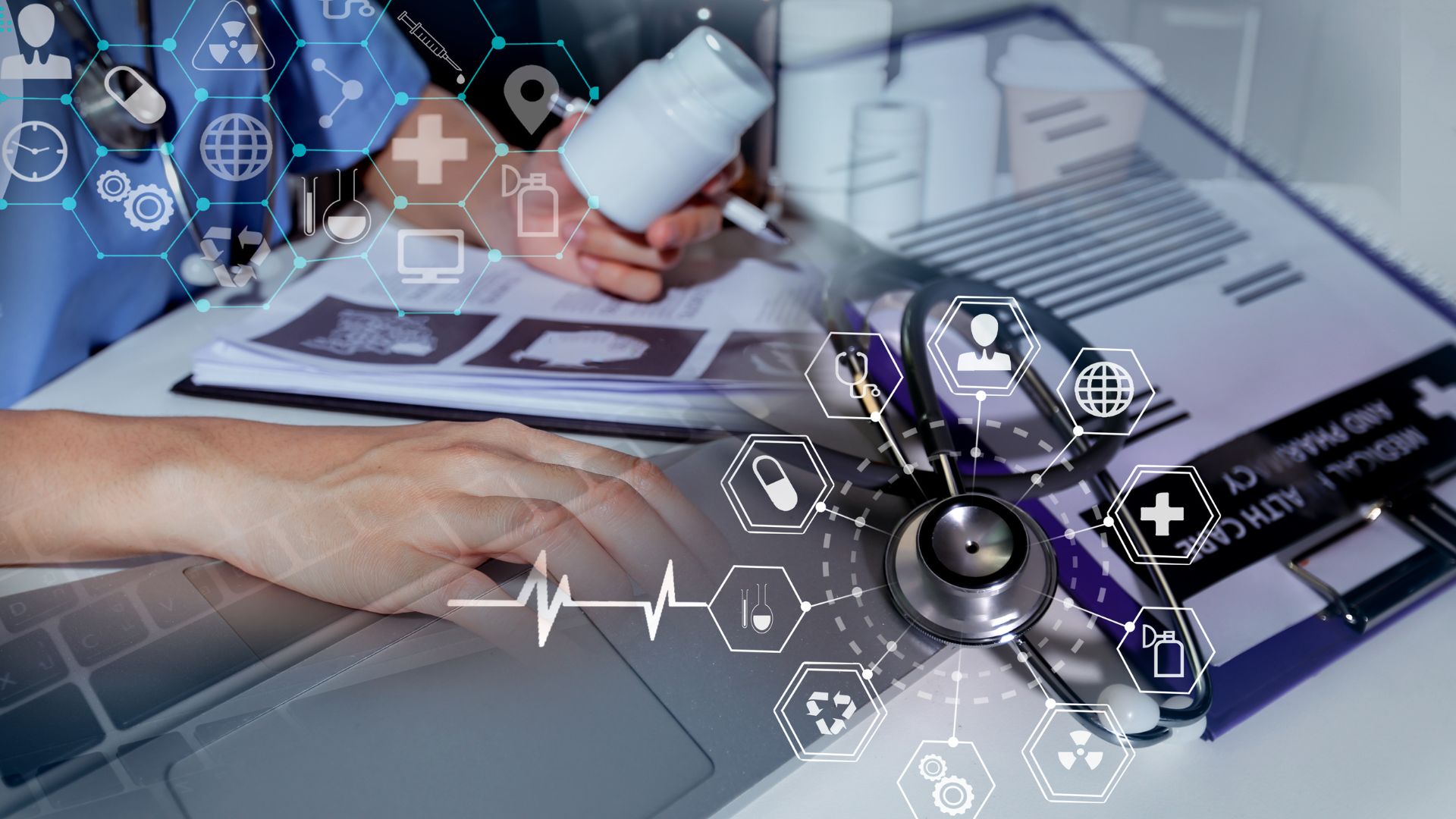The Evolution of Wearable Biosensors in Healthcare

Wearable biosensors have transformed the healthcare industry, providing real-time monitoring of vital signs and enabling early detection of potential health issues. These devices have evolved from basic fitness trackers to sophisticated medical tools capable of monitoring complex physiological parameters.

Early Wearables: Fitness and Activity Trackers
The first wave of wearable biosensors focused on fitness tracking. Devices like pedometers and heart rate monitors allowed users to track physical activity and basic health metrics. These early wearables laid the foundation for more advanced medical applications.
Medical-Grade Biosensors for Chronic Disease Management
As technology advanced, wearable biosensors became capable of tracking glucose levels, blood oxygen saturation, and even electrocardiogram (ECG) data. Devices like continuous glucose monitors (CGMs) help individuals with diabetes maintain better blood sugar control, reducing complications.

Smart Fabrics and Implantable Sensors
Recent innovations have introduced biosensors embedded into textiles and even implantable sensors that continuously monitor internal health metrics. Smart fabrics with embedded sensors can track respiration, temperature, and hydration levels, offering seamless monitoring without intrusive devices.

The Future of Wearable Biosensors
The next generation of biosensors will likely incorporate more advanced materials, improved accuracy, and greater integration with digital health platforms. As technology improves, wearable biosensors will continue to enhance healthcare by offering continuous, real-time health tracking for both patients and medical professionals.

